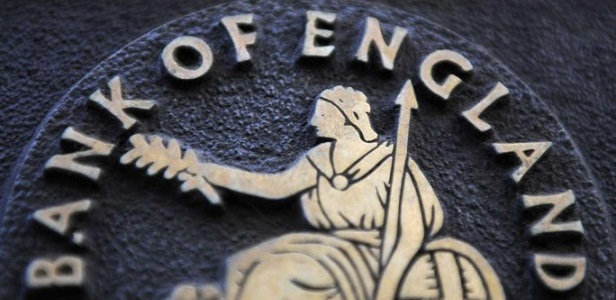
The Bank of England has released new research suggesting that a central bank-issued digital currency could lead to an increase in gross domestic product. The conclusions were drawn from a working paper published last week that examined how a central bank-backed digital currency (referred to as a CBDC in the paper) could yield macroeconomic benefits, while providing banking regulators a clearer picture of the financial system.
Both central banks and private financial institutions are paying increasing attention to the emergence of digital currencies and the distributed ledgers on which they are based, as this technology may present an opportunity to improve the efficiency, resiliency and accessibility of systems that facilitate monetary and financial transactions.
„There are, however, serious problems with existing private versions of such currencies. These problems are not associated with the viability of distributed ledgers in general, but rather with their prohibitively high costs of transaction verification. Alternative implementations, such as “permissioned” systems, may potentially avoid these costs by stepping away from purely decentralised designs while still retaining many of the benefits.”, the paper says.
One possible application of such a permissioned system would be the issuance of a central bank digital currency (CBDC) — universal, electronic, 24×7, national-currency-denominated and interest-bearing access to a central bank’s balance sheet
Bank of England study the macroeconomic consequences of issuing central bank digital currency (CBDC) — a universally accessible and interest-bearing central bank liability, implemented via distributed ledgers, that competes with bank deposits as medium of exchange.
„In a DSGE model calibrated to match the pre-crisis United States, we find that CBDC issuance of 30% of GDP, against government bonds, could permanently raise GDP by as much as 3%, due to reductions in real interest rates, distortionary taxes, and monetary transaction costs. Countercyclical CBDC price or quantity rules, as a second monetary policy instrument, could substantially improve the central bank’s ability to stabilise the business cycle.”, according to the report.
For more detalis download the full report: Bank of England working paper no. 605 – The macroeconomics of central bank issued digital currencies
Banking 4.0 – „how was the experience for you”
„To be honest I think that Sinaia, your conference, is much better then Davos.”
Many more interesting quotes in the video below: